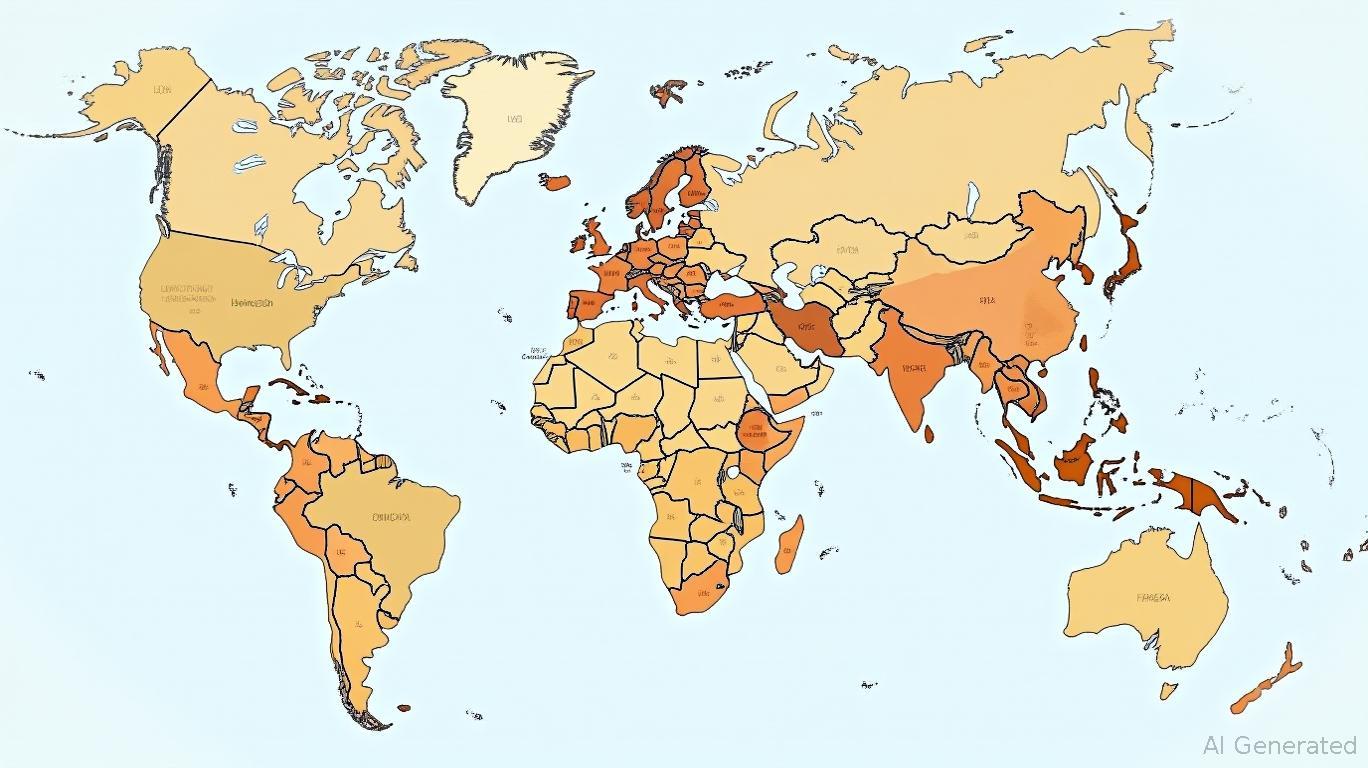Tariff Crossroads: Navigating the End of China's Low-Value Package Exemption and U.S. Collection Challenges
The U.S. ended China’s low-value parcel tariff exemption on May 2, 2025, marking a pivotal shift in trade policy aimed at curbing illicit fentanyl imports and addressing unfair trade practices. However, as shipments valued under $800 now face tariffs exceeding 50%, questions loom over whether the U.S. Customs and Border Protection (CBP) can effectively enforce these rules. With over 4 million daily packages from China alone, the logistical and administrative challenges are immense.

Policy Overhaul: New Tariffs, New Realities
The May 2 change terminates the $800 de minimis exemption, once a lifeline for e-commerce giants like Shein, Temu, and Amazon. Under the new regime:
- Non-postal shipments (e.g., commercial carriers) must pay cumulative tariffs, including existing Section 301 duties and a 34% reciprocal tariff, pushing total levies to over 54% for many goods.
- Postal shipments face either a 30% ad valorem duty or a $25 flat fee per item (rising to $50 by June 1).
The policy’s stated goal—combating fentanyl—is contentious. While the exemption’s elimination targets Chinese state-backed chemical firms, 90% of fentanyl enters via the U.S.-Mexico border, raising doubts about the policy’s efficacy.
Collection Challenges: Can CBP Keep Pace?
Despite CBP’s claims of preparedness, systemic risks persist:
1. Volume Overload
CBP processes 4 million low-value shipments daily, with China accounting for over half. In February 2025, a brief suspension of the exemption caused a 1 million-package backlog at JFK Airport in 48 hours, exposing logistical fragility.
2. Administrative Complexity
Formal entries now require 10-digit Harmonized Tariff Schedule (HTS) codes, which many businesses lack expertise to classify. For example:
- Red onions require code 0703.10.4055, while yellow sweet onions demand 0703.10.4066.
- Misclassification risks delays, fines, or seizures.
3. Carrier Strain
- UPS announced 20,000 layoffs and 164 facility closures by late 2025, citing tariff-related cost pressures.
- Carriers must also maintain international bonds and remit duties monthly—a financial burden for smaller operators.
Market Impacts: Winners and Losers
Businesses Under Pressure
- E-commerce platforms: Temu and Shein raised prices by 15–25%, with some items doubling in cost. Amazon faces backlash for hiding tariffs in checkout processes.
- Manufacturers: U.S. flag manufacturers and bike dealers see reduced competition, but textile sectors doubt domestic pricing competitiveness.
Investment Implications
- UPS and FedEx: Their stock prices reflect operational strain.FDX, UPS Closing Price
- Tech Solutions: Companies like Avalara (AVLR) benefit from demand for HTS classification tools.
Workarounds and Evasion Risks
- The “Tijuana Two-Step”: Shippers split high-value packages into smaller batches routed through Mexico, evading U.S. tariffs. A $1,500 shipment becomes two $750 packages, exploiting Mexico’s $50 exemption.
- Local Warehousing: Temu and Shein shift inventory to U.S. warehouses to bypass tariffs, but smaller firms lack this option.
Conclusion: A Policy with Teeth, but Can It Bite?
The de minimis termination aims to close a loophole exploited by Chinese imports, but execution faces monumental hurdles. Key data underscores the stakes:
- 4 million daily shipments: CBP’s capacity to process formal entries at scale remains unproven.
- $200 million daily tariffs: Revenue collection depends on flawless compliance, which is unlikely given HTS complexity and evasion tactics.
- Legislative Overreach: Bipartisan bills (e.g., H.R. 322) propose lowering the de minimis threshold to $10, further complicating enforcement.
For investors, the landscape is fraught with risk and opportunity. Defensive plays include tariffs-software stocks like Avalara, while e-commerce giants face margin pressures. Meanwhile, the U.S. may need to rethink its strategy: without international coordination to curb cross-border workarounds, the policy risks becoming a costly paper exercise.
In short, while the policy is a bold move, its success hinges on CBP’s ability to scale enforcement—a challenge even its February 2025 trial proved daunting. Investors should brace for volatility, as the tariff battle reshapes global trade flows.










